Hey there Grant Life friends. Its Michaela from Covered in Mod Podge back to share a sewing tutorial. Do you need a new baby or shower gift that will really wow? Look no further than this Travel Diaper Changing Pad Clutch Tutorial.
Essentially, this tutorial is sewing a bunch of squares and rectangles. While it may look advanced, this is a project most any sewer can take on!
Want to make your own? You’ll need:
1/2 yard quilters cotton
1/2 yard PLU
1/2 yard batting/fleece or 1 yard flannel
5 inches sew on velcro
Basic sewing supplies
Alright, let’s getting cutting….
From the quilting cotton, cut:
Main body: 24 inches by 17 inches
Closure rectangle: 4 inches by 3 inches
Strap: 17 inches by 2 inches
Pocket: 17 inches by 8.5 inches
From the PLU, cut:
24 inches by 17 inches
Fleece/batting/ flannel, cut:
24 inches by 17 inches
*If using flannel, cut two
Now, to sewing…
{All seam allowances are presser foot unless otherwise noted.}
Start out by ironing all your quilting cotton. You want a nice, neat surface to work with.
Take you closure rectangle and iron it in half, hot dog style, right sides facing. Sew like shown. Make sure you leave a gap along the long side for turning.
Carefully clip your corners, turn right side out, and press. Then, top stitch as close to the edge as you can.
Take one piece of your five inch strips of velcro and pin it to your closure rectangle. You’ll want it to be about 1/2 inch down and then centered. Sew it down.
Take the strap piece and press in half, hot dog style, right sides together. Sew along the length of the strap.
Turn your tube and then press. No need to top stitch.
Take the pocket piece and fold top edge {long side} down 1/4 inch towards wrong side and then 1/2 inch again. Press and pin. Sew.
And now you have your pocket piece!
Now its time for lot’s of measuring and pinning.
Start out by pining your closure rectangle to your quilting cotton. Center the rectangle on the short, right side of the fabric. You’ll want the velcro facing up and like 1/2 inch of the rectangle sticking up. Stitch that sucker down, going back and forth several times.
Now for the other side of the velcro. Center your strip along the short side and then 7 inches up. You’ll place the top of the velcro strip at the 7 inch mark. Make sure you are measuring from the opposite side of the quilting cotton from where you put the closure strip.
Let’s work on final assembly. Start by finding a clean, smooth work space to assemble all your layers. Lay down your batting/fleece/flannel. Then, lay your PLU down right side up. Smooth like crazy. Now, add you pocket piece at the bottom of the PLU, right side up.
On top of your pocket piece, add your handle folded in half. This will create your loop. Make sure the loop is facing inward and the raw edges are on the outside.
Lay your quilting cotton on top of the other layers. Smooth everything out and pin well. Sew, leaving a 4 inch gap for turning on one of the long sides. When you go over the handle and the closure, back stitch a couple of times to reinforce.
Clip the corners, turn, and press well. Press on the quilting cotton side. Make sure you tuck in the opening where you turned and pin. Then top stitch all the way around.
Sewing on top of PLU is a bear. It sticks. I don’t know where I first heard this trick, but tape the bottom of your presser foot {being sure to leave an opening for your needle}. This will help everything move more smoothly.
Then, add a stitch down the middle of the pocket to create a nice divide. Add in a couple of diapers, a diaper rash cream tube, and some travel wipes and you’re set.
You end up with everything you need for a diaper change on the go. You can use this clutch for quick trips to the store or so daddy doesn’t have to carry around the uber-girly diaper bag.
And here’s how it fold up…
Cutting all the pieces takes longer than the actual sewing. Two hours, tops, and you have a wonderful baby shower gift {or a great little treat for yourself}.
It seems like my friends just keep having more kiddos. I’m always going to a shower. What’s your go-to shower gift?
Like it? PIN IT!
- Halloween Puppy Chow - September 30, 2013
- Easy Homemade Craft: Abby Cadabby Style Wand - September 16, 2013
- Blogging Tips: Pinterest Tip for iPhone Users - September 5, 2013

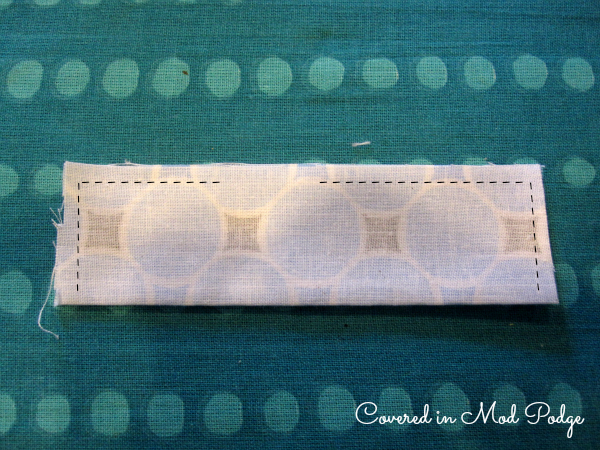
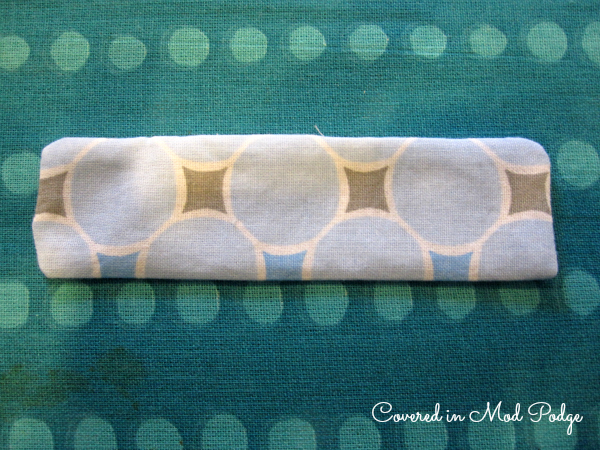
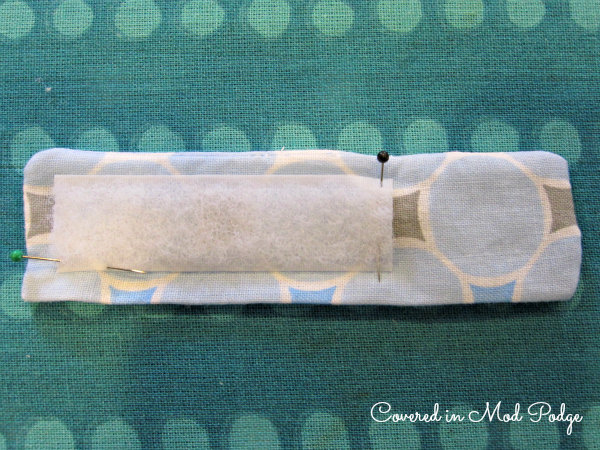
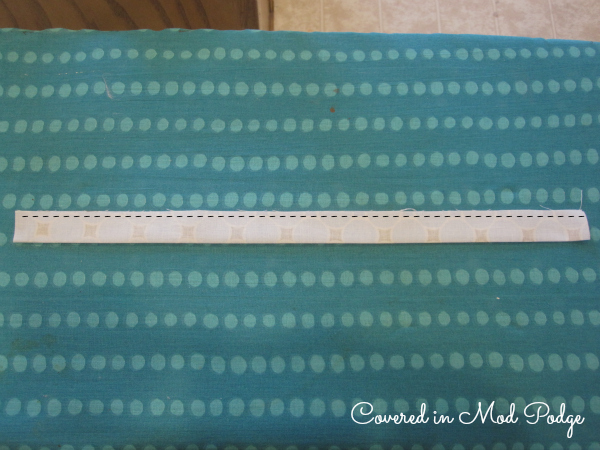

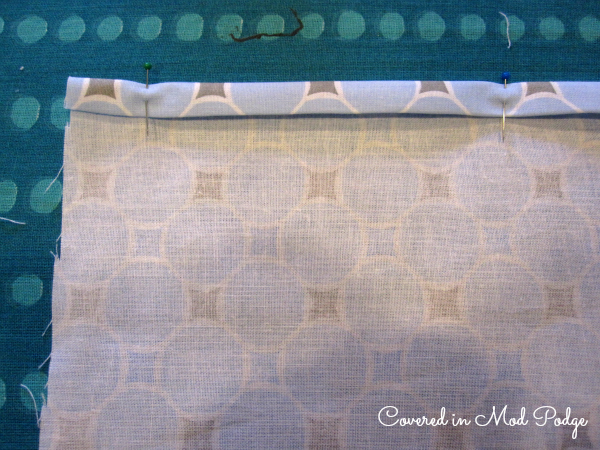
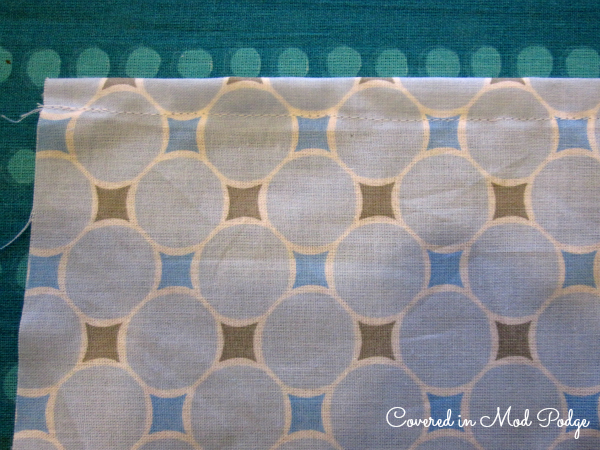
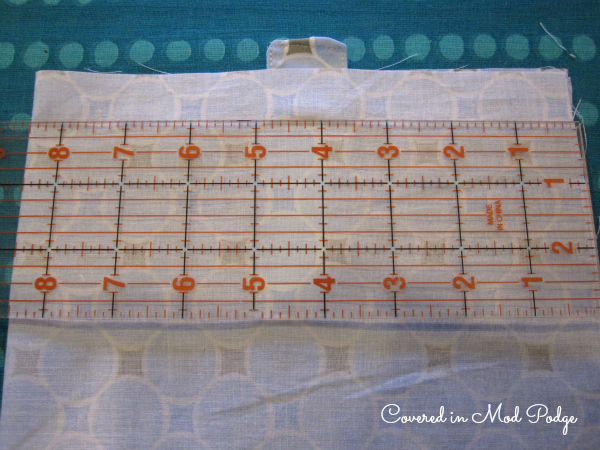
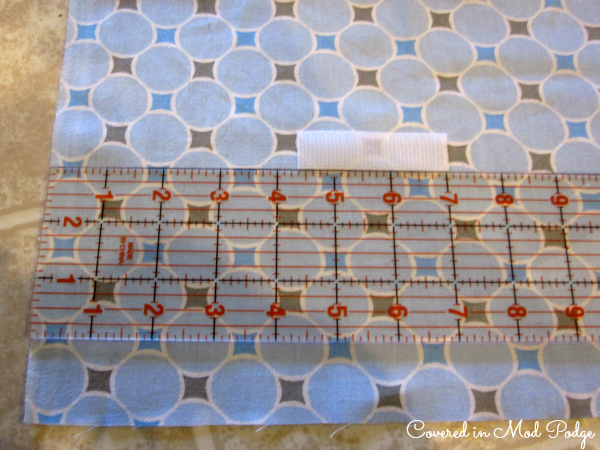


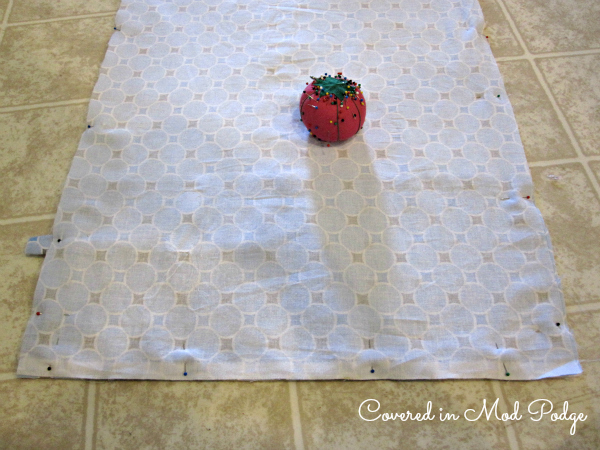

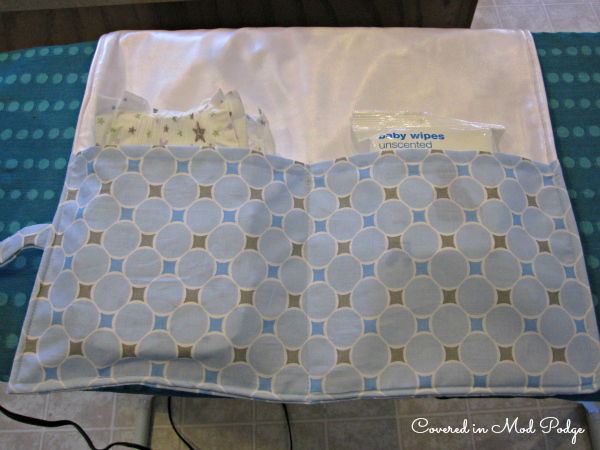
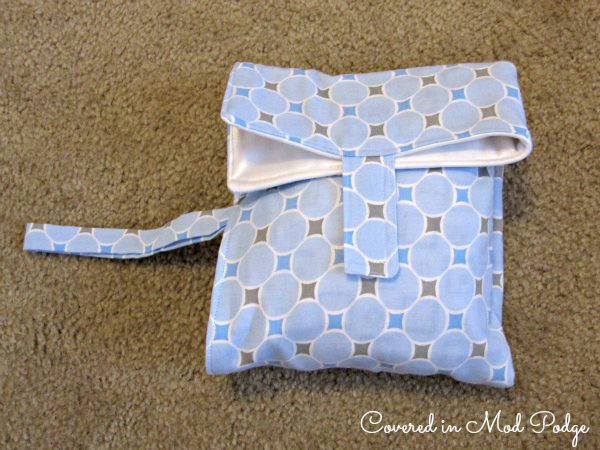
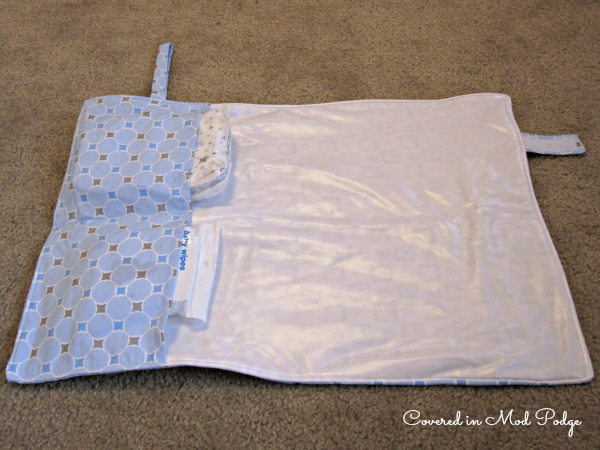
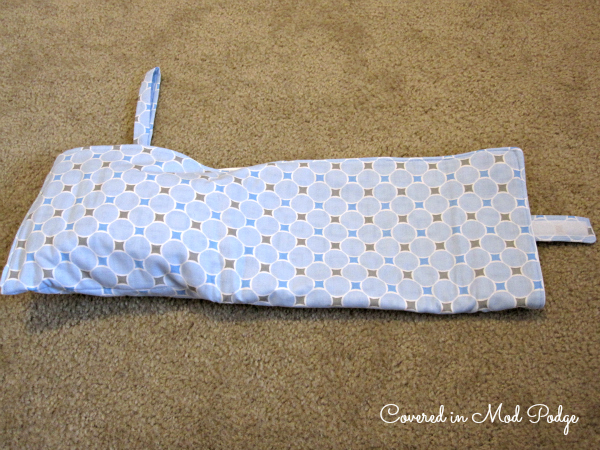



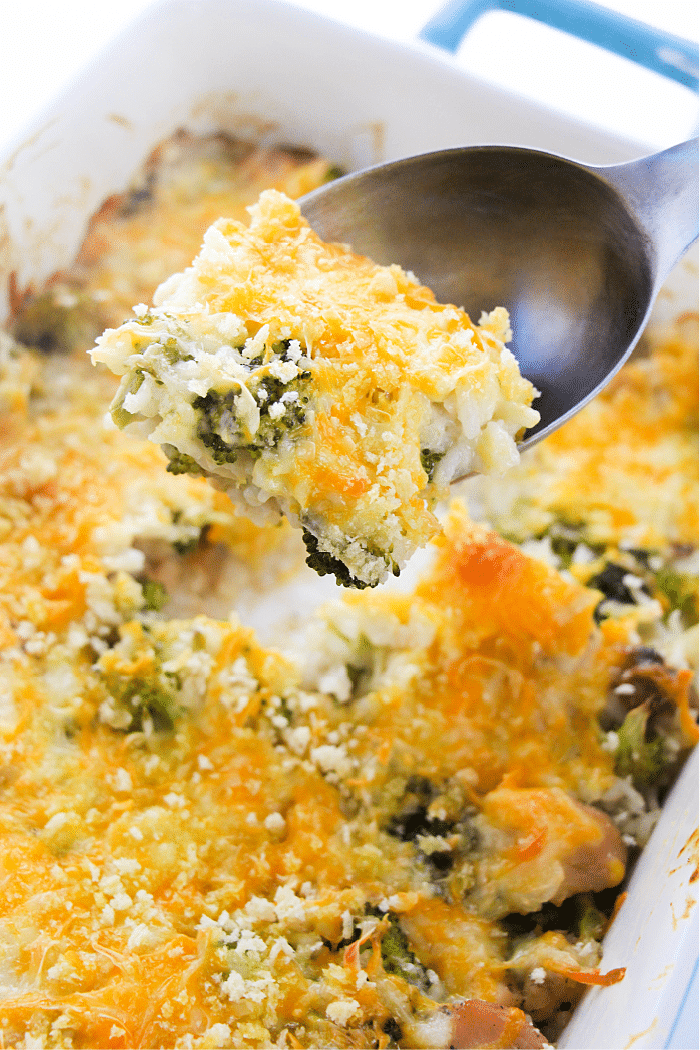

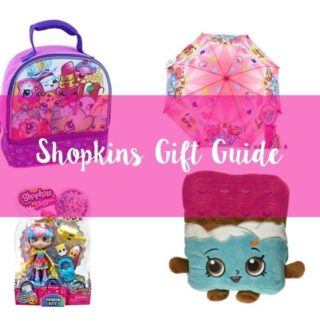
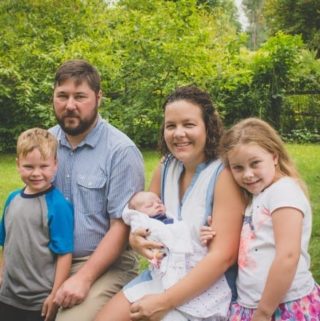
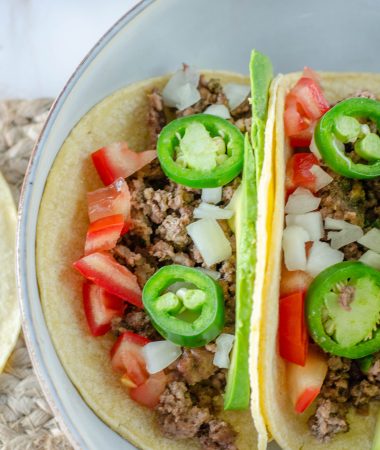
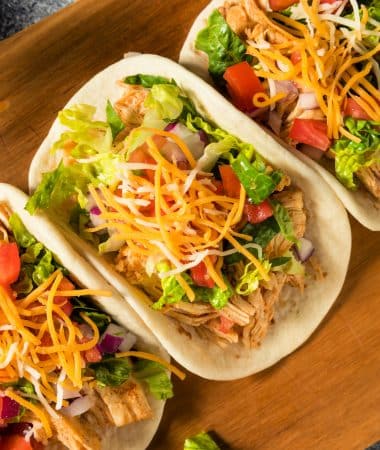
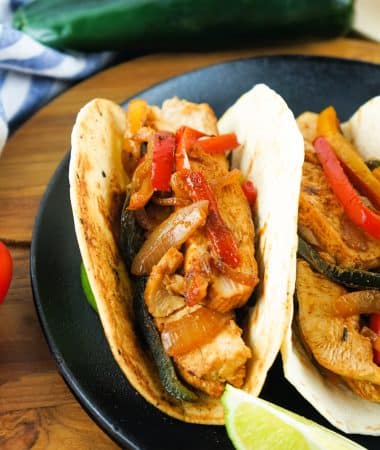




Christine says
you know that pressure feet can be different sizes, widths, and positions on the sewing machine, right? saying that your seam allowance is the ‘pressure foot unless otherwise stated’ is not a good rule. just fyi. and also, a measurement is standard seam allowances, not an object. The standard pressure foot is 1/4th of an inch.